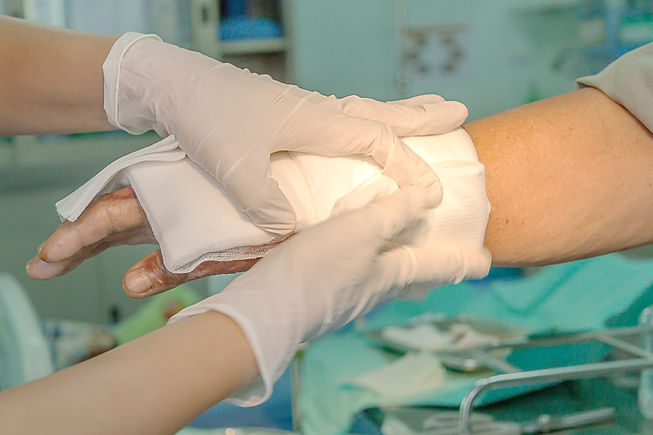
Infection
What is a Wound Infection?
A wound infection occurs when bacteria grows within the damaged skin of an injury. You may treat a minor wound infection by yourself, but you will need immediate medical attention if the infection becomes more severe.
Possible symptoms include:
-
Warmth around the wound
-
Unpleasant smell arising from the wound
-
More pain and/or redness around the wound
-
Yellow or green pus leaking from the wound
-
Fever
-
Aches and pains
-
Nausea and/or vomiting
How to Treat:
If you receive a minor infection, you may be able to treat it without needing medical attention. Follow these steps to treat a minor infection:
-
Ensure that all medical equipment is clean before use.
-
Wash hands thoroughly with soap and warm water, then dry.
-
Clean the wound by running it under warm water for several minutes. Use soap around the skin, but not directly on the wound.
-
To remove any debris in the wound, use tweezers or carefully rub with a damp towel.
-
If necessary, apply a small amount of antiseptic ointment or petroleum jelly.
-
Allow the skin to dry before covering the wound with a gauze or bandage.
However, sometimes the resources aren’t available at our disposal. If you receive a wound during a disaster, you should try to clean and protect it as much as you can to prevent infection:
-
Immediately wash the wound by using clean water and use soap if available. Alcohol wipes can be substituted if there is no clean water.
-
Allow the skin to dry.
-
Apply any antiseptic ointment if possible.
-
Protect the wound with a gauze, bandage, or makeshift dressing.
Addressing the wound as soon as possible is the best way to avoid infection. Quickly identifying and caring for a wound can be the difference between a simple cut and a deadly infection.





